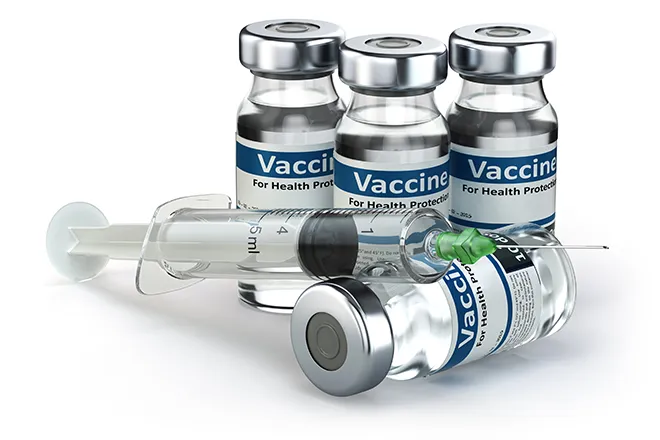
Medication abortion rates grew 10 percent over the last few years, report shows
(Colorado Newsline) Researchers found that 63% of all abortions provided in the U.S. last year were medication abortions.
There were an estimated 1,026,690 abortions — the most in over a decade — performed in the formal health care system in 2023, according to a report released Tuesday by the Guttmacher Institute, a reproductive health research organization.
The data provides a quantitative look at abortion care the first full year after the U.S. Supreme Court’s Dobbs v. Jackson Women’s Health Organization ruling in June 2022.
Medication abortions increased by 10% from 2020 to 2023. About 642,700 medication abortions were provided in the country last year, the data shows.

© iStock - nevarpp
“Improved access to medication abortion is a positive development, but it is not a panacea,” said Rachel Jones, Guttmacher principal research scientist, in a news release. “As abortion restrictions proliferate post-Dobbs, medication abortion may be the most viable option — or the only option — for some people, even if they would have preferred in-person procedural care.”
The findings were published one week before the U.S. Supreme Court is set to hear arguments in a pivotal lawsuit that could severely limit access to medication abortion.
Alliance for Hippocratic Medicine, an anti-abortion rights group, and other doctors who oppose abortion are asking the court to restrict access to mifepristone, one of two drugs used to terminate pregnancies. The Biden administration is urging the justices to maintain the U.S. Food and Drug Administration’s current regulations on mifepristone.
“As our latest data emphasize, more than three out of five abortion patients in the United States use medication abortion,” said Amy Friedrich-Karnik, Guttmacher’s director of federal policy.
“Reinstating outdated and medically unnecessary restrictions on the provision of mifepristone would negatively impact people’s lives and decrease abortion access across the country,” Friedrich-Karnik said.
Most states without near-total bans saw upticks in abortions.
Despite the patchwork of abortion laws in the nation — 14 states have near-total bans, while Arizona, Florida, Georgia, Nebraska, the Carolinas and Utah restrict abortion after 18 weeks’ gestation or earlier — Americans terminated pregnancies at the highest number and rate seen in a decade, according to a policy analysis by Isaac Maddow-Zimet, a data scientist, and Candace Gibson, director of state policy at Guttmacher.
Abortion access is protected in Colorado.
The rate was 15.7 abortions per 1,000 women of reproductive age last year. Over 160,000 people traveled out of state in 2023 to seek abortion care, the report stated.
According to Maddow-Zimet and Gibson, several factors likely contributed to the increase in abortions last year, including the rise of telehealth, financial support from abortion funds and shield laws in 22 states, including Colorado, and Washington, D.C., that protect providers and patients from out-of-state investigations or prosecutions concerning reproductive health.
“This increase in abortions does not diminish the impact of Dobbs on people’s lives,” Maddow-Zimet and Gibson wrote. “Instead, the data provide important evidence that people will continue to seek abortion care in spite of the policy barriers that anti-abortion policymakers impose.”
States that share borders with states that enacted bans post-Dobbs saw a 37% increase in abortions between 2020 and 2023. Illinois had the highest total surge with 38,010 more abortions than in 2020, a 72% increase over three years. New Mexico (15,090 more abortions, 257% increase) Virginia (14,190 more abortions, 76% increase) and North Carolina (12,970 more abortions, 41% increase) followed suit.
The Guttmacher Institute classified the following states as border states in the current abortion policy landscape: Colorado, Florida, Georgia, Iowa, Illinois, Kansas, Michigan, Minnesota, North Carolina, New Mexico, Ohio, South Carolina and Virginia.
Almost every state without a near-total ban saw increases in abortion. But Arizona, Georgia, Indiana and Wisconsin all saw declines. Arizona has a 15-week ban, Georgia has a six-week ban, while near-total bans were in effect in Indiana and Wisconsin at certain periods in 2023.
Colorado Newsline is part of States Newsroom, a nonprofit news network supported by grants and a coalition of donors as a 501c(3) public charity. Colorado Newsline maintains editorial independence. Contact Editor Quentin Young for questions: info@coloradonewsline.com. Follow Colorado Newsline on Facebook and Twitter.

















